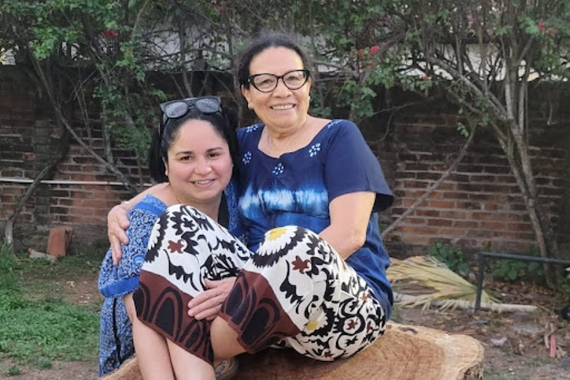The Age of Curiosity: Where Art and Science Converge
The idea that the arts and sciences are two separate practices is a creation of the modern era. Since the beginning of human curiosity, the arts and sciences have been entangled, inseparable. To this day, modern technology is indebted to the cross-pollination between art and science. In The Age of Curiosity: Art and Knowledge in Europe, 1400–1800, a course offered by the history and art history departments, Professor J.B. Shank addresses the misconceptions that result from departmentalization by showcasing the legacy of art and science as a single discipline.
Seeing, Knowing, and Representing
To honor the scientific process, a scientist must ignore any previously held beliefs of the subject being studied. It is through seeing and feeling with one’s own senses that the scientist can truly understand their subject. Take, for example, the human body: It is only through looking inside and seeing firsthand the intricate composition of tissues that one truly comes to understand the organization of anatomy.
However, seeing alone does not accomplish the ultimate goal of sharing knowledge, since newfound understandings must be made accessible to the public. Shank makes the case for the importance of representation: “This is a very powerful place where picture-making—if that’s one idea of what art is—is central to science, because you don’t often have science free of the pictures that are made to represent what has been seen.”
It is therefore necessary to see the reality of science for oneself and establish knowledge from independent, personal experience. The cycle of seeing, knowing, and representing is completed by disseminating the newfound knowledge to others through art or some other representation.
As an example, Galileo Galilei, an astronomer, physicist, and engineer who lived in the 16th and 17th centuries, made many scientific advancements during his lifetime. With the use of the novel telescope he was able to study Earth’s moon as well as discover sunspots and Jupiter’s moons. He is remembered as a scientist by today's binary, however, it was the combination of Galileo’s accurate observations and artistic representations of the moon that refined our understanding of these celestial objects.
Shank stresses this as a monumental moment for both the fine arts and sciences. “It’s not saying that Galileo isn’t everything everyone says Galileo is. It’s that his training in the Florentine Art Academy was as crucial to his astronomical work as his work as a mathematician at the University of Pisa, and in many ways it was more important.”
A Twist On Tradition
To further underscore that art and science are inseparably entangled, students in the course were given a presentation by the director of the UMN Program in Human Anatomy, which was akin to what medical students studying human anatomy experience. It allowed students to see what modern anatomy is all about, so as to compare it with its 16th-century beginnings. This unique opportunity was a result of a special partnership between the Program in Human Anatomy and the Departments of History and Art History. This was a new addition to The Age of Curiosity’s curriculum and provided an invaluable opportunity for students outside of the medical school to witness firsthand the importance of seeing anatomy for themselves.
The course has always included a unit on the rise of the study of anatomy, which focuses on the study of prominent 16th-century anatomist Andreas Vesalius. At the time Vesalius lived, most of the medical world relied on earlier works compiled by Galen, a physician who lived in the 2nd century CE, for knowledge on human anatomy. Since the Romans decreed human dissection unlawful, Galen only studied anatomy from the wounds of gladiators and the dissections of pigs and monkeys. Vasalius openly criticized the antiquated and inaccurate understandings held by physicians of his time and thus sought to map out the human anatomy with more precision.
Shank helps to contextualize Vesalius’ achievements, arguing that “the figure of Vesalius is a major figure in the history of medicine and the history of anatomical science.” Through his commitment to accurate representation, Vesalius was able to usher the world into a more informed understanding of anatomical practices.
A Lasting Impact
A comprehensive, interdisciplinary approach to learning assists students in understanding a concept, sensing it personally, and representing it in art, math, or some other medium. It is imperative that students and scholars alike question the status quo, integrating first-hand experience alongside theory to enforce a more comprehensive understanding of any subject. Whether it’s art, history, physics, or math, every area of study stands to benefit from an interdisciplinary approach to learning.
This story was written by an undergraduate student in Backpack. Meet the team.



